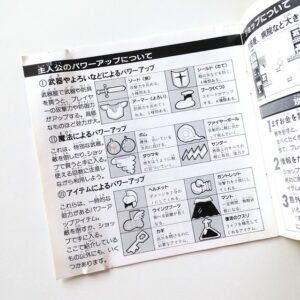Knowledge


Designers work with knowledge in different ways as we create, evaluate, and discover opportunities for new products, services, and systems. For example:
- The knowledge we have about Photoshop tools and processes allows us to create imagery.
- We know what colors work well together.
- We want to know what time a client meeting will take place.
- We know that people we interviewed about social media said Instagram was their favorite and they used it every day.
Let’s break those examples down a bit to explore different types of knowledge.
- Photoshop: How’d you learn how to use it? Probably through using a tutorial or in a class.
- Color harmony: How do you know what colors go well together? You may have learned it in art class but you may also have just “picked it up.”
- Client Meeting Schedule: You probably know the time of the meeting because someone told you in an email or by phone/text.
- People’s Social Media Preferences: How did we find this one out? They told us in an interview via research.
Types of Knowledge
For some things, we know exactly when we learned what we know. For other things, we have no idea how we know them. Let’s look at these two main types of knowledge.
Tacit/Implicit Knowledge
This is the knowledge we gain by virtue of living or doing. Some people call this type of knowledge “common sense” or “rules of thumb.” When you get in an elevator you don’t face backward—you turn to face the door. How did you learn to do that? That’s tacit knowledge. This knowledge can be hard to describe to other people how it was gained. Social norms, like elevator behavior of how to act when using an ATM machine, are examples of tacit knowledge.
Explicit Knowledge
This is knowledge gained by telling/showing/reading directly. When you read a book or a person instructs you directly, that’s explicit knowledge—you explicitly sought it out or had someone give it to you on purpose. Explicit knowledge is easy to tell others and to share widely because you know exactly where and how you got it.
Knowledge Transference
We learn things in all kinds of ways. When you start a new design job, you are faced with learning a lot of new things quickly: how to name your files, who to talk to about payroll, where the bathrooms are, and other need-to-know details. Sometimes these things are easy to learn because someone tells you, and others may be harder to learn because you have to find out for yourself. Let’s look at a few common ways people learn and gain knowledge.
Procedural Knowledge

Procedural knowledge is gained through a structured/sequential series of steps. This could be received explicitly as in an instruction manual, or it could be tacit/experiential, where you followed a series of steps in order to reach a specific goal. Sometimes procedural knowledge is tacit, as in brushing your teeth—you probably know how to brush well but you don’t really think about it while you’re doing it or remember when/how you were taught. Procedural knowledge produces explicit knowledge.
Experiential Knowledge

Experiential knowledge is learned through a particular experience, sometimes by following a procedure. Boarding a seaplane is an experience—an individual learns a series of steps that it takes to complete the task, but the experience probably also includes a variety of other sensations that are part of the experience. One may feel nervousness that the plane is very small or the excitement of feeling what it is like to land on water. All of these comprise the experience that leads to a set of knowledge that could be shared with others or pulled from to use later. Experiential knowledge produces explicit and tacit knowledge.
References
deJong, T., & Ferguson-Hessler, M. G. M. (1996). Types and qualities of knowledge. Educational Psychologist, 31(2), 105-113.